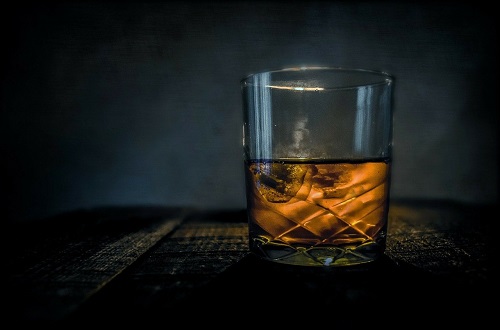According to a study by the European Union’s Intellectual Property Office, counterfeit drinks cost the U.K. economy more than £200 million in lost revenue. To prevent that, researchers from the University of St. Andrews have developed a technique that relies on Raman spectroscopy to verify the authenticity of whiskies and other spirits.
Previous, similar methods have been successful, but have required a small sample of the potentially pricey liquor: Some bottles have been known to sell for prices over £1 million.
 The challenge in the new spectroscopic system lies in recording a signal without interference from the glass container. Not only does the alcohol scatter light, the glass of the bottle can create a signal that dwarfs that of the contents — hence the need for a sample.
The challenge in the new spectroscopic system lies in recording a signal without interference from the glass container. Not only does the alcohol scatter light, the glass of the bottle can create a signal that dwarfs that of the contents — hence the need for a sample.
Rather than illuminating the bottle with a standard laser beam, the team used a glass element to shape the light to produce a ring of laser light on the bottle surface and a tightly focused spot within the liquid contents. Because the signal from the bottle and the signal from the liquid are in different positions, a detector can be placed to record only the signal from the liquid, removing the need to even open the bottle.
“Laser spectroscopy is a powerful tool for characterizing the chemical makeup of many materials, but to use it to characterize alcohol in its original container in this simple way is really exciting," said Kishan Dholakia, professor of physics and astronomy, and leader of the research team spearheading the work.
The approach doesn’t require complex optical setups, which grants the possibility of being manufactured for widespread use.
The research was published in Analytical Methods (www.doi.org/10.1039/d0ay01101k).